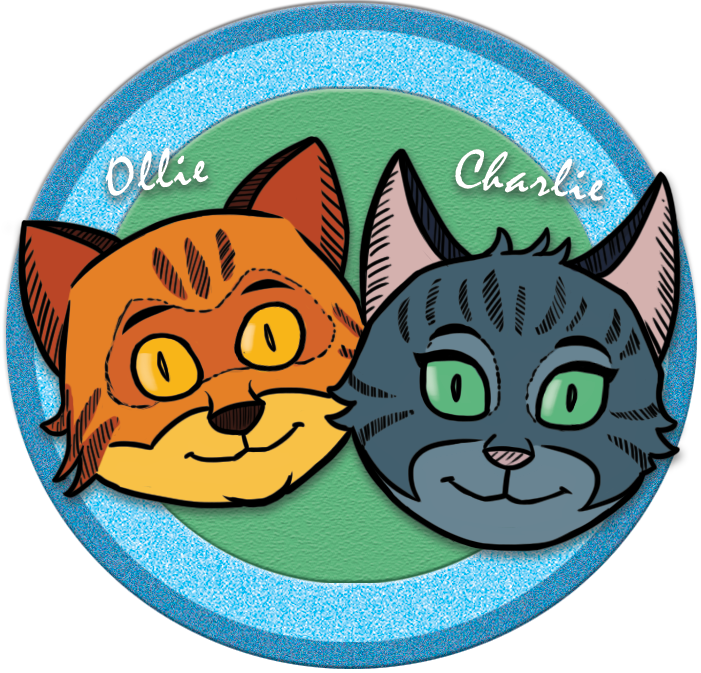Piano
History
The piano’s ancestors are the stringed instruments of 14th century Europe – the dulcimer, clavichord, spinet, virginal, clavecin, gravicembalo, and the harpsichord, which became popular in the 15th century.
Bartolomeo Crisofori’s newly invented ‘cembalo col piano e forte’ or ‘soft and loud keyboard instrument’, was the first to be able to produce a variety of soft and loud sounds. Over time, the name was shortened to ‘fortepiano’, then ‘pianoforte’, and now simply ‘piano’.
Facts & Features
Early piano keys often had the opposite colouring of today’s instruments. Natural keys were black, and sharp or flat keys were white.
Many modern pianos have three pedals. The una corda, or soft pedal, the sostenuto pedal, which sustains only certain notes and the damper pedal, which sustains all the notes until the pedal is lifetd.
There are 88 keys on a grand piano - 52 white and 36 black.
Modern grand pianos have up to 236 strings.
The piano belongs to three families of instruments - keyboard, string and percussion.
Famous Players
Wolfgang Amadeus Mozart - (1756-1791)
Franz Liszt - (1811-1886)
Clara Schumann - (1819-1896)
Frederic Chopin - (1810 – 1849)
Daniel Barenboim - (1942- )
Music To Listen To
Mozart – Turkish March
Chopin – Minute Waltz
Rachmaninoff - Variations on a theme by Paganini
Debussy – Au Claire de Lune
Gershwin – Rhapsody in blue
Find Out
Who invented the piano pedal?
Which pianist remarked, ‘We do not play the piano with our fingers but with our mind’?
